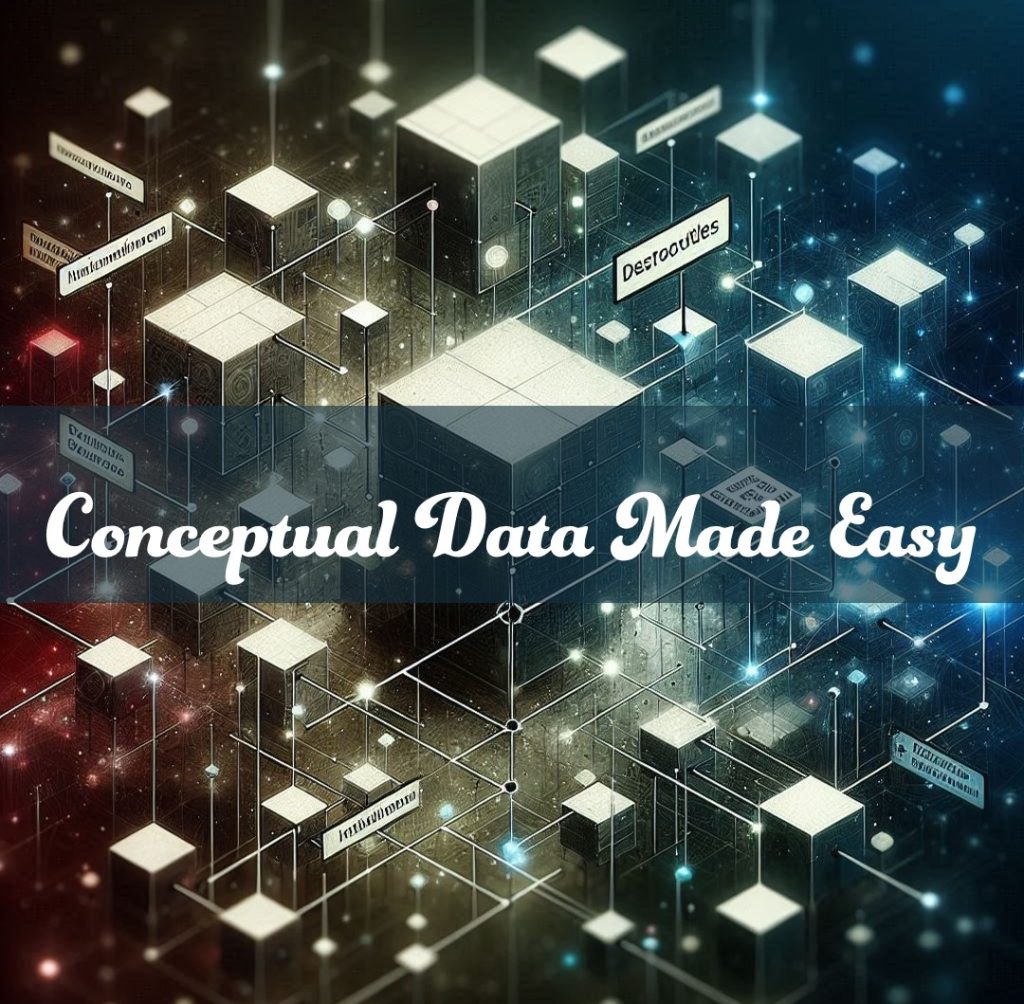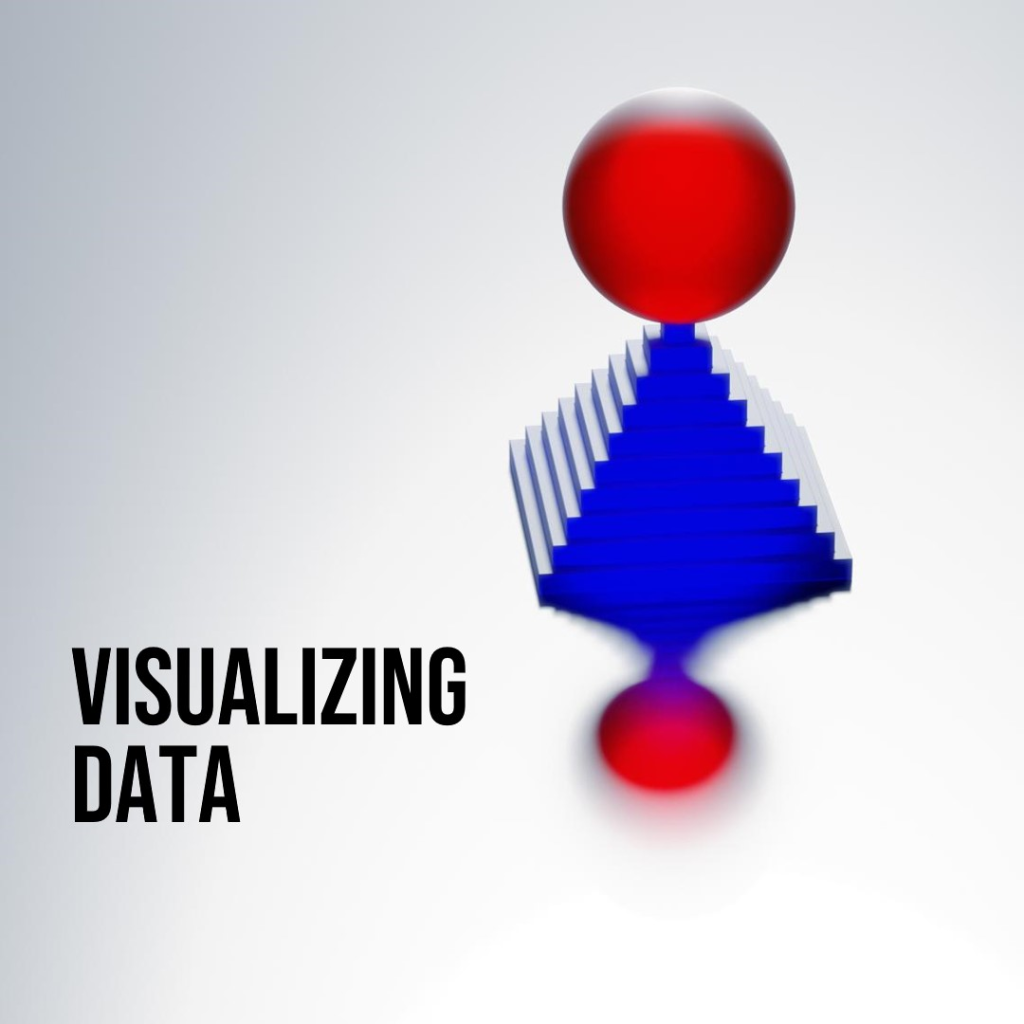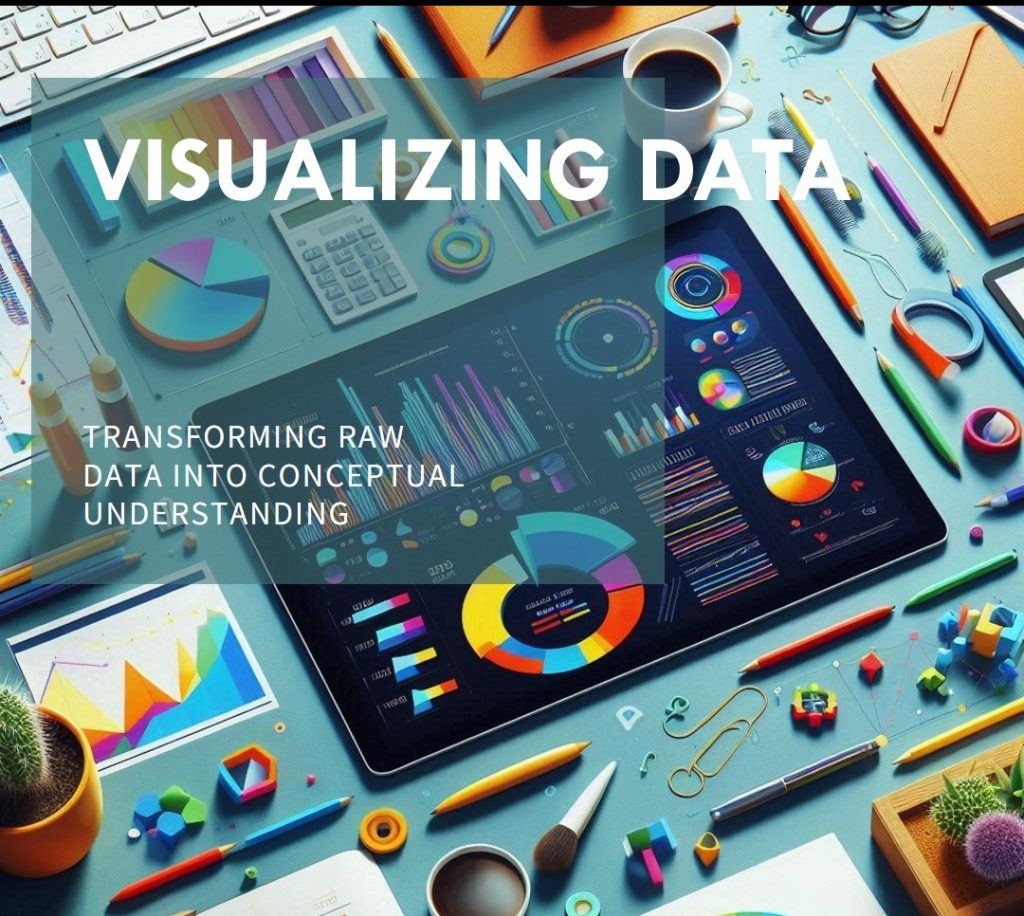What Are the 3 Types of Conceptual Data?
Conceptual data is defined as high-level structures and relationships within a data set. It help us to understand and organize information meaningfully within our organization. Conceptual data models serve as blueprints for structuring and defining data elements and their interrelations with one another. In this blog i will discuss the three main types of conceptual data : entities, attributes, and their relationships.
What are the types of data integration

Three main types of conceptual Data
- Entities
- Attributes
- Relationships
In this section we will discourse in detail view of what conceptual data is all about and and how it can benefit us.
1. Entities
Entities is the core building blocks of any conceptual data model. An entity data model represents a real-world object, person, event, or concept that is relevant to the business or domain being modeled. For example, say in a retail business, entities include Customer, Product, Order, and Employee.
Characteristics of conceptual data
- Uniqueness: Each entity is distinct is identified uniquely within the database.
- Real-world Representation: Every Entities is mapped to a real-world items that the system needs to track.
- Instances: Let’s take this for an example. An entity with multiple instances. the entity of a
Customercan have instances like John Doe, Jane Smith, etc.
Entities are represented as rectangles in Entity-Relationship Diagrams (ERDs), and it is a common tool used in data modeling.
2. Attributes

Attributes in conceptual data describe the properties or characteristics of an entity. The attribute provide more details about an entity by defining specific data points that apply to it. For example, a Customer entity might have attributes like CustomerID, Name, Email, and Phone Number.
Characteristics of Attributes conceptual data
- Descriptive Data: A descriptive data provide descriptive information about an entity.
- Primary Key: One or more attributes can serve as a primary key, a unique identifier for each instance of the entity. For example,
CustomerIDcould be the primary key for theCustomerentity. - Nullable/Non-nullable: Some attributes are non-nullable, while others are nullable
Generally Attributes are often connected to their respective entities in ERDs.
3. Relationships

Relationships is one of the main types of conceptual data. It define how we interact with one another within the conceptual data model. They describe associations between entities, such as how a Customer places an Order or how a Product is listed in a Category.
Characteristics of Relationships in a conceptual data.
- Cardinality: Cardinality is the number of instances of an entity in a relationship . It can be associated with an instance of another entity. Let’s say a Common cardinality have a one-to-one (1:1), one-to-many (1:M), and many-to-many (M:N).
- Optionality: It is not all relationship that are by force . Therefore Some relationships are optional. For example, a
Customermight place zero or moreOrders. - Representation: Let us refer it to ERDs, relationships are represented by diamond shapes and are connected to the involved entities with lines.
Conclusion
Conceptual data model have three main types. The three main types are Entities, attributes, and relationships. They form the three primary types of conceptual data, each play a crucial role in structure and define the data within a system.
FAQs About the 3 Types of Conceptual Data
Entities represent the key objects or concepts in a data model, ensuring accurate reflection of the real-world domain.
Attributes describe the characteristics of entities, it provides detailed information about them.
Primary keys uniquely identify entities, while foreign keys link entities together, establishing relationships.
Yes, an entity can have multiple relationships with other entities, it captures different types of interactions.
Relationships define how entities interact, ensures data integrity and supportes complex queries





